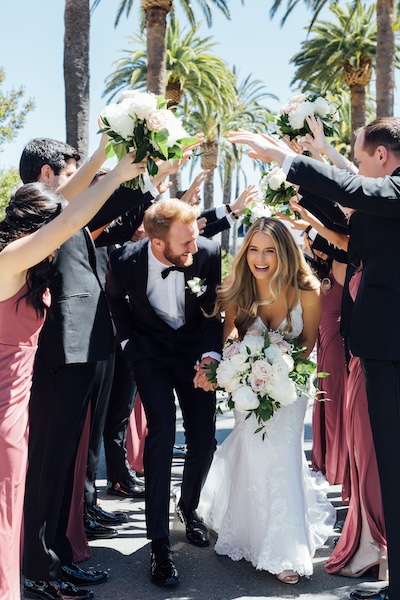Business + Marketing
Watermarking images is a common practice used by photographers across all photography styles and genres as a way to protect their photos and symbolize ownership. Watermarking senior portraits makes even more sense as a desirable and safe option because of the specific clientele, since most high school seniors are rampant users of social media.
[Read: Photo Copyright and Contracts—Free Webinar and Checklists]
Without watermarking senior portraits, your teen clients can share proofs online without having to pay for any photos and without any credit to the photographer. Which is why more and more senior portrait photographers prefer to send their client watermarked proofs to select the images he or she wants to buy. This allows photographers to encourage clients to purchase separate prints rather than framing proofs he or she receives for free following their session. Watermarking can also be used as a marketing tool by making a photographer’s work more easily identifiable and acting as a personal brand logo.
The effectiveness of watermarking as a form of protecting photos online—ensuring that others do not use images without the owner’s permission—is often disputed. This is because of how easy it can be to remove watermarks. Luckily, the Digital Millennium Copyright Act (DMCA) section of the Copyright Act provides a legal remedy for photographers where a watermark has been removed.
[Read: 6 Copyright Infringement Cases Photographers Should Know About]
If a photographer’s watermark includes information such as their name, contact information or copyright notice, it may be considered Copyright Management Information (CMI) under the DMCA. If a copyright infringer removes this information, for example by cropping out the watermark or using a photo-editing program, they can be liable for additional damages even if the copyright is not registered at the time of infringement.
Section 1202(b) of the DMCA states that:
“No person shall, without the authority of the copyright owners or the law (1) intentionally remove or alter any copyright management information [or] (2) distribute or import for distribution copyright management information knowing that the copyright management information has been removed or altered without authority of the copyright owner or the law, knowing, or with respect to civil remedies. . .having reasonable grounds to know, that it will induce enable, facilitate, or conceal an infringement of any right under this title.”
Copyright Management Information includes: “(1) the title and other information identifying the work, including the information set forth on a notice of copyright [and] (2) the name of, and other identifying information about, the author of a work.”
[Read: Copyright For Photography Businesses—10 Important Questions Answered]
Courts have also held that credit lines appearing next to photos, such as a link to a photographer’s website in a social media caption, also qualify as CMI. Ultimately, to the extent they carry the name and other identifying information about a particular work or the photographer, then watermarks will almost always constitute CMI. The statutory award for each violation of Section 1202 ranges from $2,500 to $25,000.
Although watermarking images doesn’t guarantee they won’t be used by others online, it is a good way to ensure some sort of protection when sharing photos online. For senior portrait photographers in particular, another way to strengthen this protection would be to include some sort of clause in their client contract that prohibits their client from removing the photographer’s watermark or other form of credit for the purpose of sharing the photos online. Using a contract as a tool to prevent unauthorized photo use rather than a watermark may be a more preferable route to some as many people in the industry see watermarking as a bit of a faux pas.
While watermarks can be tasteful, some photographers see watermarking images as something that can ruin a photo for being distracting, illegible or even tacky. Furthermore, watermarks can lessen the likelihood for photographs to be featured on websites, blogs or social media. However, a watermark can be an important tool to help photographers be seen in the industry for future clientele.
Ultimately, whether or not to watermark photographs is up to the photographer’s discretion. That being said, it is important for a photographer to consider watermarking in their practice as it may save some headaches down the road by providing a legal remedy for any unauthorized photo use.





